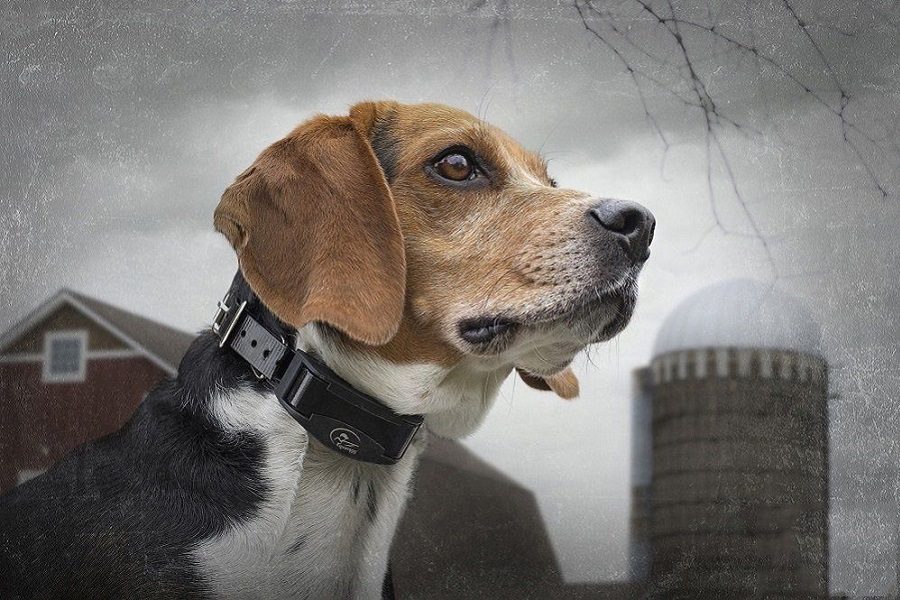Last Updated: 1 year ago
Adopting a dog is amazing, but it comes with the responsibility of training and taking care of your dog.
Training a dog is not as hard as it may sound, and you will need to know some easy tricks to be able to do it.
There are seven essential dog commands that all dog owners need to teach their dogs.
These commands will help you to control your dogs and ensure that they are well-mannered. Knowing these commands will also make your dog safe to be around and friendly to people.
You can either teach your dog these commands on your own or enrol them in dog-training classes. However, since these are quite easy to teach, you may just want to train them at home.
But if your dog seems to be irate and too jumpy for you to handle, or if they are not responding correctly, you should enrol them in a class to provide them with professional training.
Here are the seven dog essential commands that your dog must know:
How to teach your dog commands is another topic widely covered on the web.
The first command that is taught to any dog or puppy is “sit”.
While teaching your dog this command, you will get an idea of how they respond to you. This will help you gauge how long it will take them to learn the other commands and what tricks will work on them.
The easiest way to teach dogs to sit or obey any other command is by offering them a treat after they obey, such as Zuke’s Mini Naturals. However, make sure that you don’t give them treats that are unhealthy or addictive, as this can upset their diet.
Stay

The “stay” command is very useful, especially when you have guests over or are talking to someone while on a walk. By training your dog to stay, they avoid jumping on people, which can be quite frightening for those who are scared of dogs.
This also helps when you are busy with some work and your dogs keep interrupting in between, such as folding clothes or wrapping gifts. They may run off with clothes and make you chase after them otherwise, or chew up shoes and socks.
Down
By teaching your dog to lie down, you can help them get comfortable in this position. Similar to the “stay” command, this too helps avoid situations where your dog jumps on people. It calms them down, which makes it a super helpful command.
Off
Oftentimes, dogs get overly excited to meet new people or to go to new places.
This makes them jump on furniture and people. While that is still manageable with small dogs, bigger dogs jumping about can be scary for some people, especially those who don’t own dogs themselves.
To avoid this, you must train your dog to follow the “off” command, which discourages them from jumping on people and furniture.
Heel
Taking your dog for a walk can turn out to be a disaster if you don’t teach them to heel.
They could start running or chasing behind a small animal, dragging you with them. This can even cause accidents on the roads.
By teaching your dog to heel, a simple tug on the leash can get them to continue walking calmly by your side instead of taking off behind a squirrel. This is especially necessary while walking in crowded parts of cities.
Come
To be able to leave your dogs without a leash so that they can run around, you will have to train them to come to you when called. This is the “come” command. It can also help avoid the unfortunate event of your dog running away.
If they successfully respond to your call, you can easily get your dog to come back home by calling out for them.
No
Similar to the “off” command, “no” can teach your dog to not do something. Be it trying to eat something off of the ground or getting on the bed, this simple command can tell your dog to not do what they are doing.
All these commands can help you control your dog, and they make your time with your best friend much more comfortable and enjoyable. If you are the adventurous type, you can also try to teach your dog more advanced tricks, such as handshakes and rolling over.
This also encourages people to come over and pet your dog, and we all know how much dogs love getting pets. By knowing how to behave, your dog will be friendly and playful with everyone they see without scaring them off.
Regardless of your dog’s age and size, you must train them from the day you adopt them. Once you start, it won’t take you more than a few weeks.



